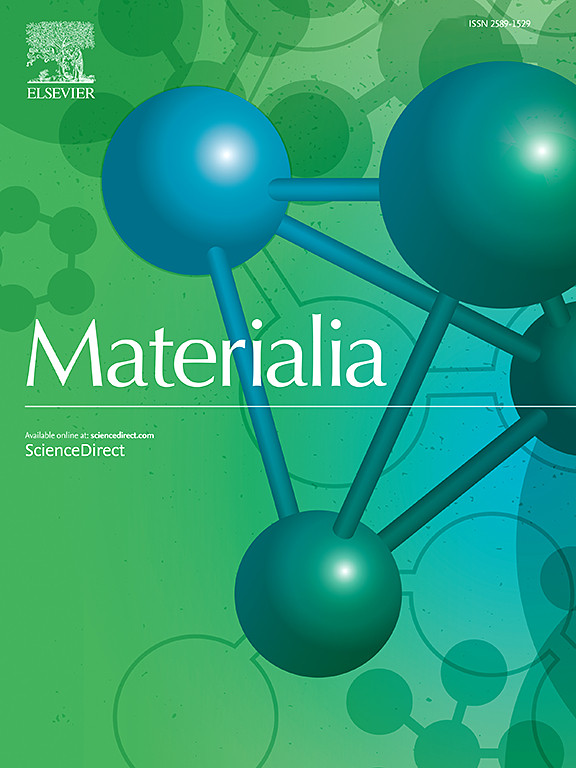Effect of precompression on the thermal cycling stability of glass-to-metal seals
IF 2.9
Q2 MATERIALS SCIENCE, MULTIDISCIPLINARY
引用次数: 0
Abstract
Hermeticity is a critical performance attribute of glass-to-metal (GTM) compressive seals, whose long-term reliability is often compromised by crack initiation and propagation. These failures primarily originate from the nonuniform stress distribution on the GTM seal surface and the inherent material properties, such as the weak mechanical strength, both of which exacerbate structural vulnerabilities over prolonged service periods. In this study, precompression was introduced during the heat treatment stage as a means to increase the thermal cycling stability of GTM seals. The results indicated a proportional relationship between the precompression stress and the thermal cycling stability of GTM seals. Porosity analysis was conducted on three different samples, which demonstrated that precompression improved the distribution of bubbles within the GTM seals, as evidenced by a reduction in the porosity and a decrease in the bubble size. In addition, the mechanical properties of the sealing glass were enhanced, thereby reducing the probability of leakage. Furthermore, nanoindentation measurements and finite element analysis of the surface stress distribution revealed that precompression led to an increase in residual compressive stress. The alleviation of stress concentration regions significantly lowered the probability of crack initiation during thermal cycling, thus establishing a more uniform stress distribution and enhancing the thermal stability of GTM seals.

预压缩对玻璃-金属密封热循环稳定性的影响
密封性是玻璃-金属(GTM)压缩密封的关键性能属性,其长期可靠性往往受到裂纹萌生和扩展的影响。这些失效主要是由于GTM密封表面的不均匀应力分布和材料的固有特性(如机械强度较弱)造成的,随着使用时间的延长,这两者都会加剧结构的脆弱性。在本研究中,在热处理阶段引入预压缩作为提高GTM密封件热循环稳定性的手段。结果表明,GTM密封的预压应力与热循环稳定性成正比关系。对三种不同样品进行了孔隙度分析,结果表明,预压缩改善了GTM密封内部气泡的分布,孔隙度降低,气泡尺寸减小。此外,密封玻璃的力学性能得到了提高,从而减少了泄漏的可能性。此外,纳米压痕测量和表面应力分布的有限元分析表明,预压缩导致残余压应力增加。应力集中区域的减小显著降低了热循环过程中裂纹萌生的概率,从而使GTM密封件的应力分布更加均匀,提高了热稳定性。
本文章由计算机程序翻译,如有差异,请以英文原文为准。
求助全文
约1分钟内获得全文
求助全文
来源期刊

Materialia
MATERIALS SCIENCE, MULTIDISCIPLINARY-
CiteScore
6.40
自引率
2.90%
发文量
345
审稿时长
36 days
期刊介绍:
Materialia is a multidisciplinary journal of materials science and engineering that publishes original peer-reviewed research articles. Articles in Materialia advance the understanding of the relationship between processing, structure, property, and function of materials.
Materialia publishes full-length research articles, review articles, and letters (short communications). In addition to receiving direct submissions, Materialia also accepts transfers from Acta Materialia, Inc. partner journals. Materialia offers authors the choice to publish on an open access model (with author fee), or on a subscription model (with no author fee).
 求助内容:
求助内容: 应助结果提醒方式:
应助结果提醒方式:


